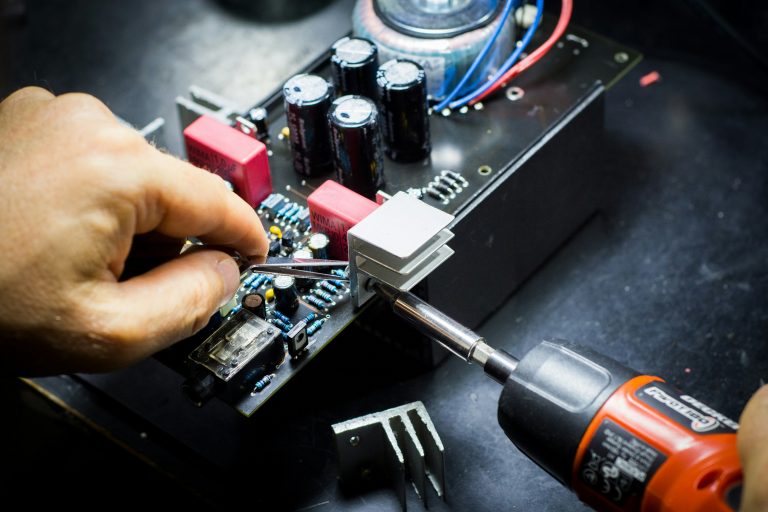Digital technology has become increasingly important in our digital age. However, many people still face significant obstacles when obtaining the devices they need. Digitunity has committed nearly four decades to bridging this gap. In the period 2023-2024, we distributed almost 55,000 refurbished computers, totaling $4.1 million, to 227 nonprofit organizations across the country. The efforts have provided essential support to those in need and contributed to a more sustainable environment.
Repurposing these devices conserved enough energy to power about 4,545 U.S. households for a year. It also reduced greenhouse gas emissions comparable to taking over 2,672 cars off the road and prevented solid waste equal to that produced by 5,229 households.
Many households require multiple devices to access essential services such as education, telehealth, and employment because 36 million people in the United States lack a personal computer at home. Digitunity addresses this need by providing refurbished computers donated by businesses and individuals, which are then distributed through our 1,600 nonprofit partners in our Digital Opportunity Network. Yet, despite their many benefits, refurbished computers are still subject to misconceptions.
With over 20 years of experience in technology, Susan Krautbauer, our Senior Director of Advancement, addresses five commonly held misconceptions about refurbished computers. For those looking for a balance between performance, reliability, and cost-effectiveness, refurbished computers make a great choice. Here’s why:

- Contrary to the belief that refurbished computers are old and used, these devices are often just a few years old and sourced from reliable entities like businesses, schools, and government agencies. Properly refurbished computers undergo rigorous testing and upgrades, making them comparable to new machines. They offer modern capabilities without the hefty price tag, making device ownership more accessible and affordable.
- Thoroughly Inspected and Upgraded: Refurbished computers aren’t damaged or defective. They’re carefully inspected, repaired, and updated as needed to ensure reliability and operation. They often come with warranties, providing peace of mind regarding their reliability and performance.
- Up-To-Date Performance
Computers that are refurbished may be perceived to be outdated and slow to some, but they are typically three to five years old and have been updated to meet current performance standards. These devices can run modern software efficiently and are suitable for a wide range of tasks. - Extensive Quality Assurance:There is a misconception that refurbished computers are less reliable than new ones. In truth, they undergo extensive testing and quality assurance processes to ensure they meet high standards. Many refurbished computers come with warranties and support options, making them trustworthy and long-lasting.
- Good Value:While some may view refurbished computers as risky investments, they actually provide excellent value. You get the same features and performance as new computers but at a significantly reduced price. New computers can depreciate by 30% to 70% in value within the first year alone, whereas refurbished computers maintain their value longer. This makes them a cost-effective solution without compromising on quality and promotes digital opportunities by making quality technology accessible to more people.
Active in over 30 states, the “Right to Repair” legislation is under consideration, and almost a dozen states have enacted laws or regulations so far. This initiative aims to empower consumers to repair and modify their refurbished computers, promoting a sustainable and consumer-friendly approach to technology.
“Refurbished computers are powerful tools for environmental sustainability and social empowerment. They extend the life of devices, significantly reduce e-waste, and conserve valuable resources.”
According to the Global E-Waste Statistics Partnership, 53.6 million metric tons of electronic waste were generated globally in 2019, but only 17.4% was recycled. By debunking these myths, we hope to increase the acceptance of refurbished computers, helping more families and individuals by removing the stigma associated with them. In addition, we reduce electronic waste and keep devices out of landfills, which contributes to environmental sustainability.
At Digitunity, we are dedicated to making computer ownership accessible to everyone. By connecting technology donors with recipients, we enable more people to succeed in the digital age. To find a nonprofit technology refurbisher near you that serves individuals, please visit our interactive map. This tool will help you locate and learn about nonprofit refurbishers and recyclers in your area, making it easier for you to access the technology you need.


